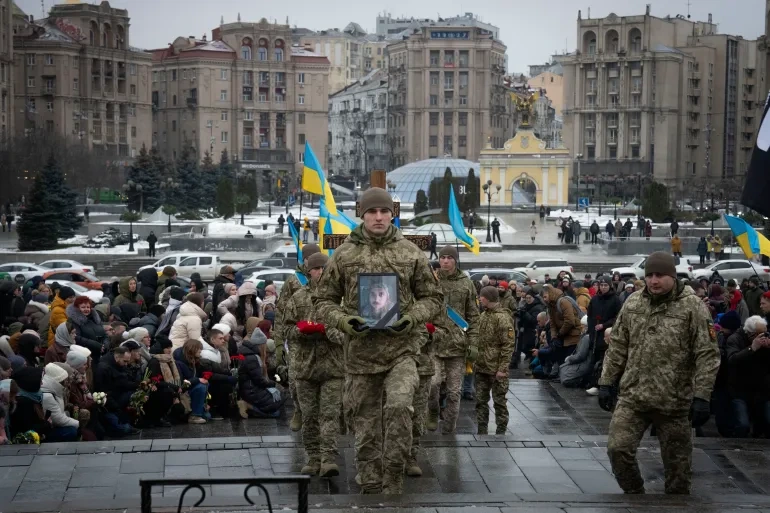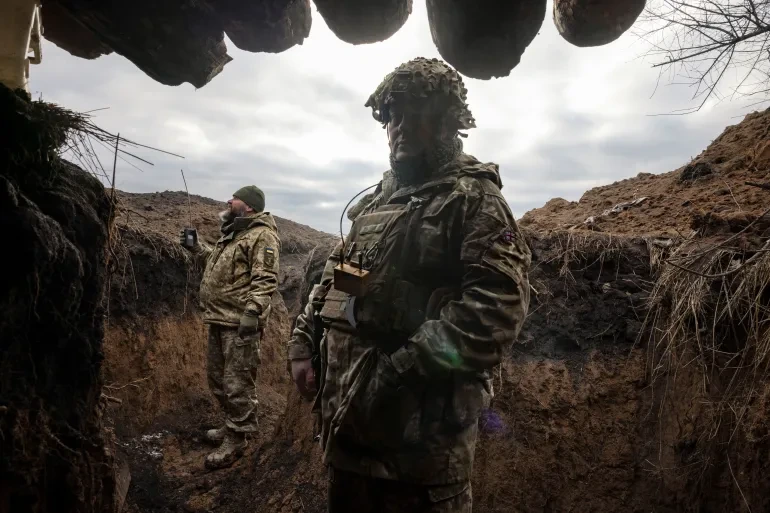In the fast-paced world of international relations, few conflicts have garnered as much attention as the ongoing clash between Russia and Ukraine. As we inch closer to the one-year mark since the conflict escalated, it becomes evident that tensions show no signs of easing. This article delves into the intricate details of the conflict, examining the underlying causes and exploring the potential consequences.

Russia and Ukraine: Historical Background of the Conflict
The roots of the conflict between Russia and Ukraine can be traced back to its historical context. Ukraine, once a part of the Soviet Union, gained independence in 1991 following the collapse of the USSR. However, its relationship with Russia remained complex due to the shared history, cultural ties, and economic interdependence.
Causes of the Conflict
The conflict between Russia and Ukraine has its roots in a multitude of causes. One of the primary triggers was the annexation of Crimea by Russia in 2014. The move was met with international condemnation, as it violated Ukraine’s territorial integrity and sovereignty. The annexation escalated tensions and led to a breakdown in diplomatic relations between the two countries.
Key Events in the Conflict Timeline
The conflict between Russia and Ukraine has been marked by a series of key events that have shaped its trajectory. From the annexation of Crimea to the outbreak of violence in Eastern Ukraine, each event has had a profound impact on the course of the conflict. It is essential to understand these events to gain a comprehensive understanding of the ongoing crisis.
International Response and Involvement
The conflict between Russia and Ukraine has not been confined to the two countries alone. It has drawn significant international attention and involvement. Various countries and international organizations have taken a stance on the conflict, imposing sanctions on Russia and providing aid to Ukraine. The response and involvement of the international community have played a crucial role in shaping the dynamics of the conflict.
Humanitarian Impact of the Conflict
The conflict between Russia and Ukraine has had a devastating humanitarian impact. The violence and displacement of people have led to a humanitarian crisis, with thousands of lives lost and millions forced to flee their homes. The impact on civilians, particularly women and children, has been severe, with limited access to basic necessities and healthcare. The international community has been grappling with the challenge of providing humanitarian assistance in the midst of ongoing hostilities.
Economic Implications and Sanctions
The conflict between Russia and Ukraine has had significant economic implications for both countries and the wider region. The imposition of sanctions on Russia by Western countries has had a profound impact on its economy, leading to a decline in foreign investment and economic growth. Ukraine, on the other hand, has struggled to cope with the economic fallout of the conflict, with its infrastructure and industries severely affected.
Prospects for Resolution and Peace Talks
Despite the ongoing conflict, there have been attempts to find a peaceful resolution. Peace talks and negotiations have taken place, with various international actors involved in mediating the discussions. However, reaching a lasting resolution has proved challenging, with deep-rooted grievances and mistrust between the parties involved. The prospects for peace remain uncertain, but diplomatic efforts continue in the hopes of finding a resolution.
Media Coverage and Propaganda in the Conflict
The conflict between Russia and Ukraine has been accompanied by a surge in media coverage and propaganda. Both sides have utilized media channels to shape public opinion and advance their respective narratives. The spread of misinformation and propaganda has further fueled tensions and complicated efforts to find a common ground. Understanding the role of media in the conflict is essential to deciphering the complexities and biases surrounding the ongoing crisis.

The Future of the Conflict Between Russia and Ukraine
As the conflict between Russia and Ukraine approaches its one-year mark, the future remains uncertain. The deep-rooted issues and complex dynamics at play make a swift resolution unlikely.



